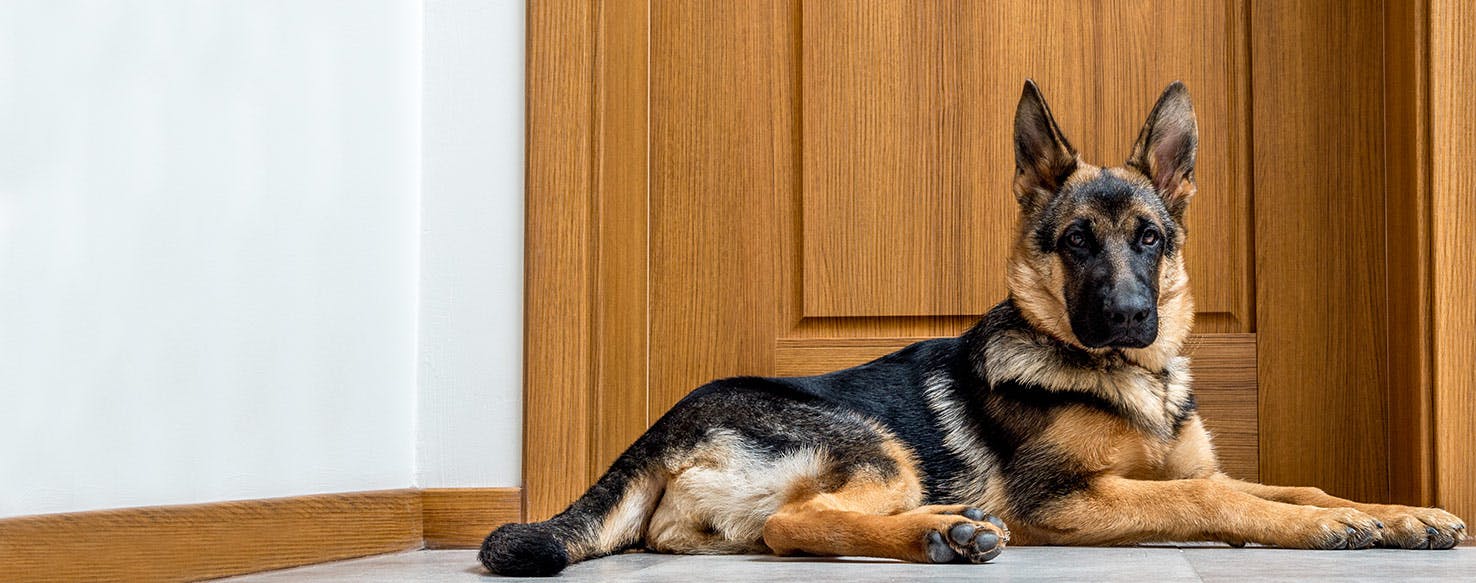Step 1: introducing your dog to the crate. put the crate in an area of your house where the family spends a lot of time, such as the family room. put a soft blanket or towel in the crate. bring your dog over to the crate and talk to him in a happy tone of voice. make sure the crate door is securely fastened open, so it won’t hit your dog and frighten him.. Crate training is the gradual process of teaching your puppy to settle and relax in the confines of a pen. it is important you start slowly when crate training a puppy. train gradually at your puppy’s pace, too fast and they may learn to dislike it. signs you are crate training too fast include: barking. howling. scratching. refusing to go in.. Dogs should never be left in a crate all day. while the maximum amount of time is around 5-6 hours, most dog trainers recommend the 3-hour rule. so if possible, the longest your dog can tolerate.
How to crate train a german shepherd puppy at night
Puppy separation anxiety: symptoms, causes, prevention
Yoko german shepherd crate cage training owczarek
Selecting the correct crate size is a very important part of crate training. keeping in mind that dogs are den animals, selecting a crate that is too big, negates the physiological benefits a crate can provide. for your puppy, select a crate that is properly sized for the adult size of your dog. for puppies, you should use dividers to reduce. Increase the length of time spent in the crate once your dog is happy in the crate for about 10 – 15 minutes after finishing its meal, you can start to confine it to the crate for longer periods. get the dog into the crate using a command such as “crate” or “bed”. as the dog enters the crate, give it a treat, praise it and close the door.. Crate training an older dog might be something you find yourself doing from scratch. whether you've rescued an adult dog that was never trained to go in a crate or you simply never got around to crate training your pooch when he was a young pup, this lack of training can make things stressful for the both of you when you're suddenly faced with a need to keep your dog in one place for an hour.
